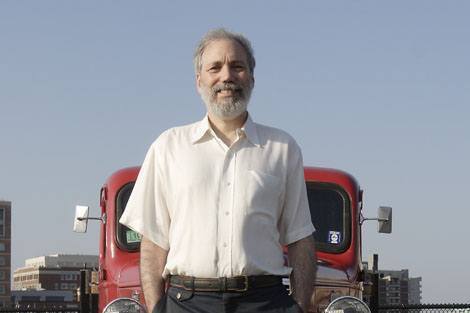“Every time you fill up your car with gasoline, you can think of Joel Schwartz,” William Reilly, former administrator of the EPA, remarked several years ago.
That’s because Schwartz, professor of environmental epidemiology, is the man behind a singular accomplishment: identifying an environmental exposure that threatened millions—lead in gasoline—and supplying enough evidence to ban it.
Schwartz and his EPA researcher wife, Ronnie Levin—now a visiting scientist at HSPH—showed in the 1980s that banning the addition of lead to gasoline would, on net, save billions of dollars annually, by averting long-term economic losses from lead-induced IQ declines. Such visionary calculations propelled Schwartz—at the time himself an EPA employee—to become in 1991 the first federal worker to receive the MacArthur Award, a no-strings-attached “genius grant” of $275,000.
HSPH faculty have had a a history of taking on the lead issue. Industrial toxicologist Alice Hamilton, who became Harvard University’s first female faculty member in 1919, strongly opposed the decision to allow leaded gasoline on the market in 1926. “You are nothing but a murderer,” she was overheard saying to General Motors director of research Charles Kettering in a hallway confrontation during a 1925 Public Health Service conference. The meeting was attended by more than 100 industry and public health representatives to consider the issue of tetraethyl lead, a gasoline additive sometimes referred to as “ethyl” or “loony gas,” after horrifying outbreaks of paranoid and delusional behavior among lead-poisoned workers.
* * * * *
Is there an event, person, or discovery in Harvard School of Public Health history that you’d like to read about? Send your suggestions to centennial@hsph.harvard.edu.
